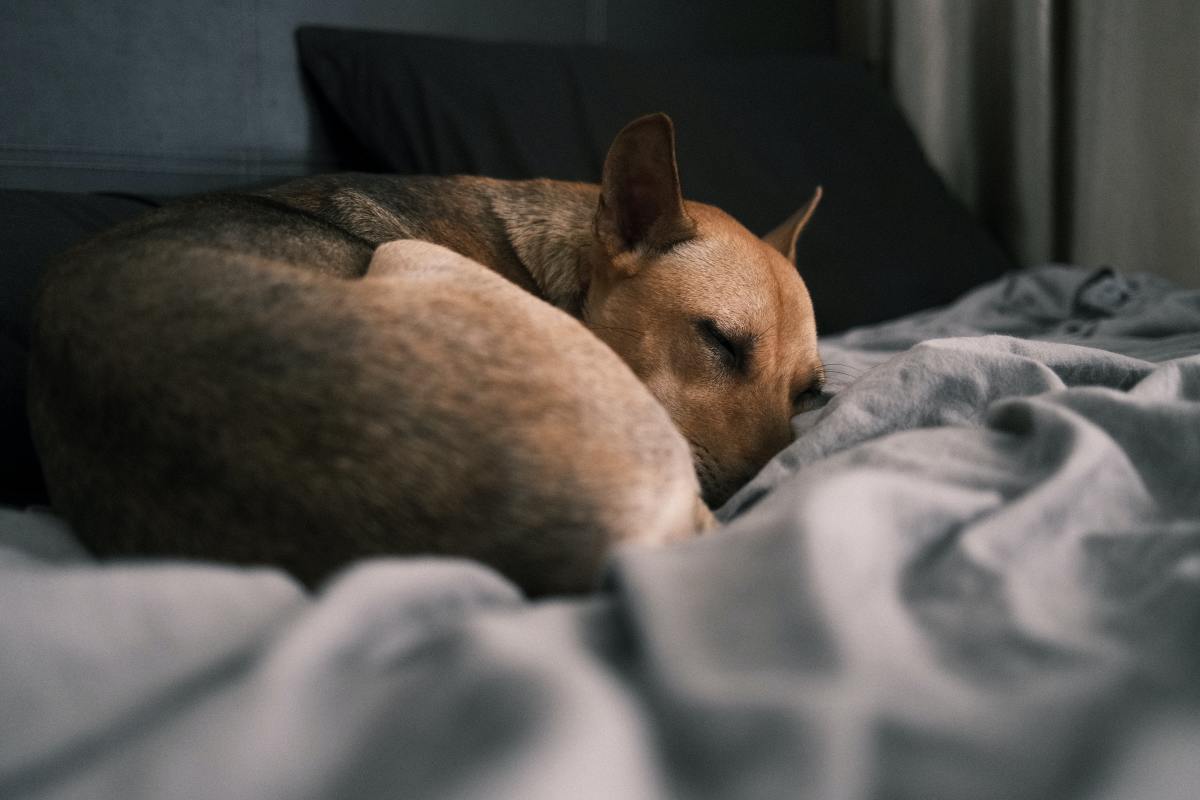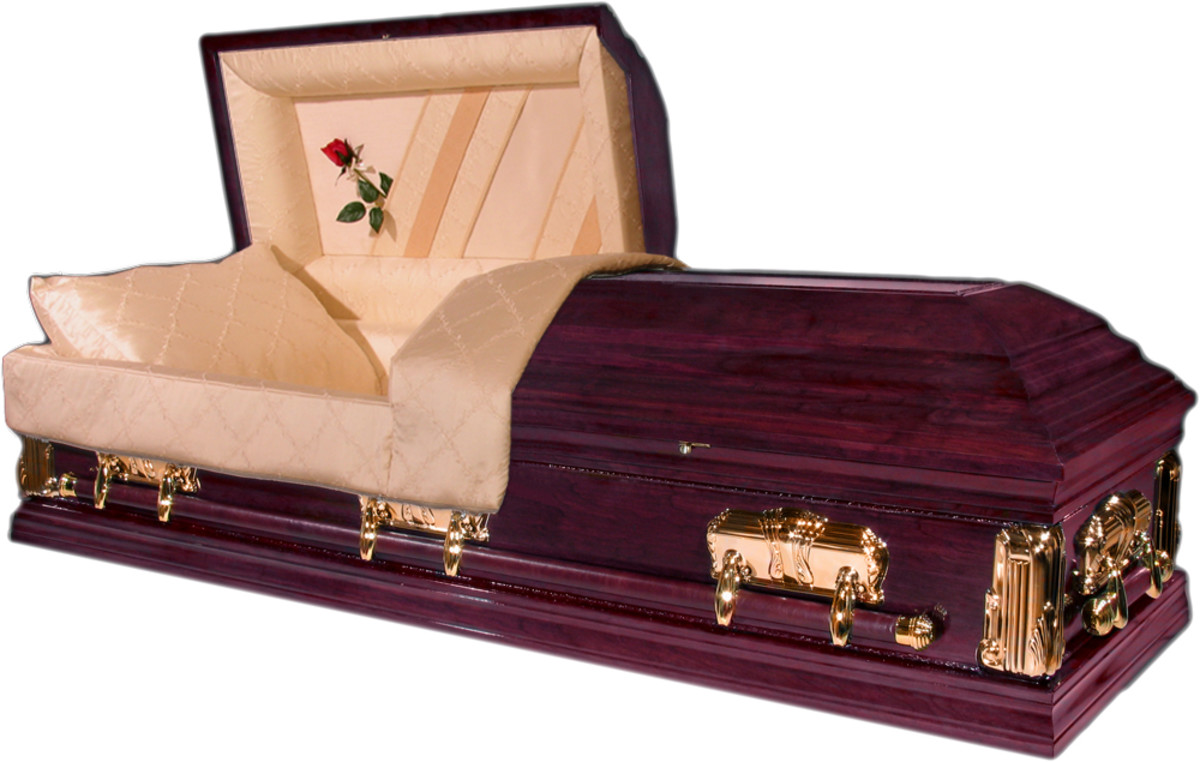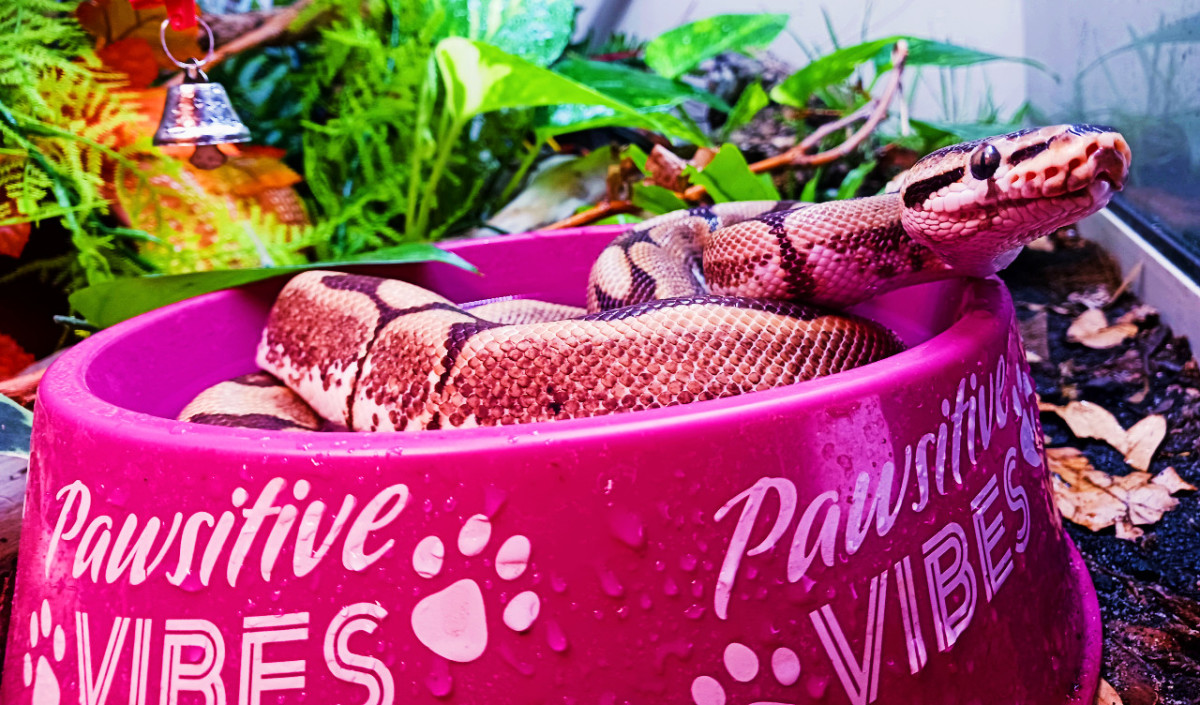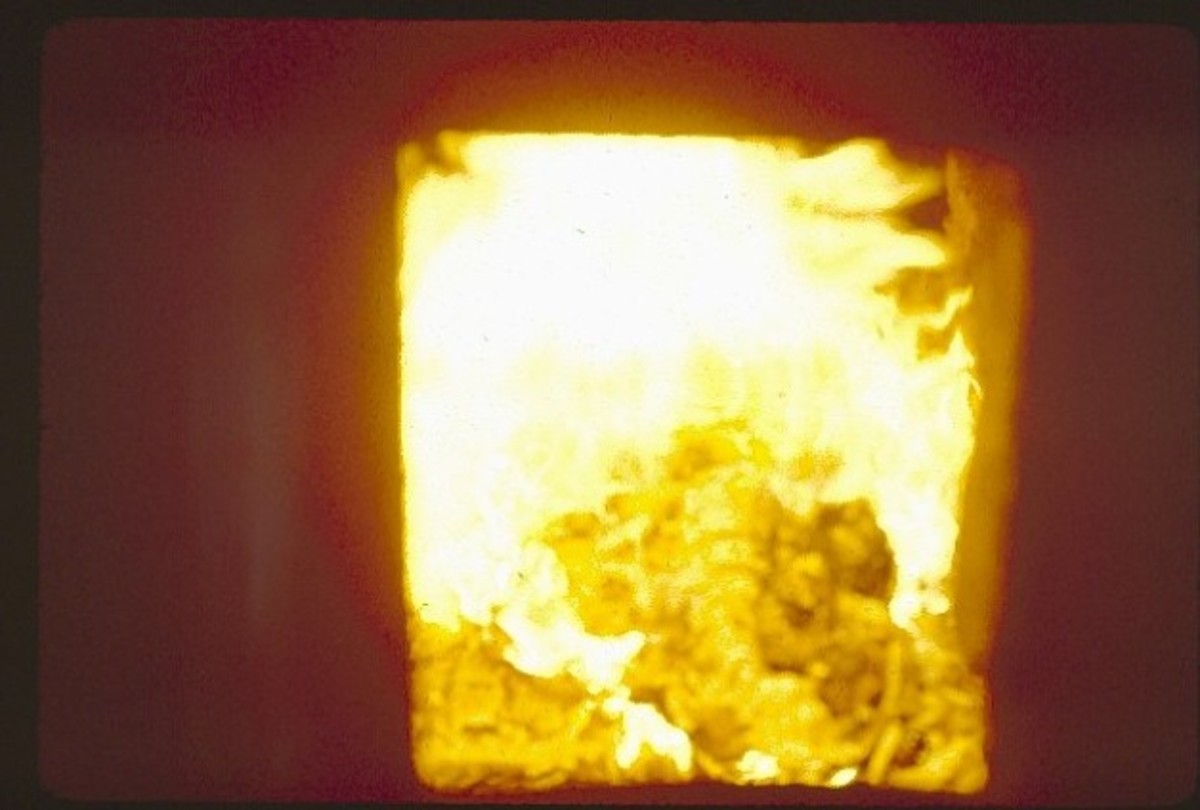New and Cheaper Ways To Have a Funeral And Burial

Several surpising options for burial at sea
I was surprised to learn that, as the daughter of a WWII veteran, I am probably eligible for burial at sea by the U.S. Navy. Of course it'd cost me - probably many times more than if I had Captain Rusty take me out in the Leaky Lady and dump me overboard somewhere in the briny deep.
While I may have planted a seed there for you about burial at sea, don't choose the Navy unless you don't want your family or friends present. And don't choose Captain Rusty unless you've followed some specific rules, like being at least 3 miles off shore and doing the burial in several hundred feet of water. The location of the burial determines the necessary depth of the water.
Another rule is that the casket has to be metal and weigh at least 8 times the weight of the body. The whole point is to make it sink quickly - and to make it stay down. You aren't, after all, supposed to float.
If you get cremated, things are a lot simpler. They take the boat out, sprinkle, sprinkle, toss a few flowers on the water, wave goodbye, take the boat back. Oh, and report it within 30 days, though only the EPA knows why that has to be done.
There's more than one way of being cremated and buried at sea. You can have your ashes mixed with cement to make a new artificial reef to protect baby fish. This is advertised as one way of helping to counteract the devastation of dying coral reefs around the world. Of course, nobody mentions that making the cement and hauling heavy loads out to sea are both high CO2 emission activities - which warm the climate - which contribute to dying coral reefs around the world.
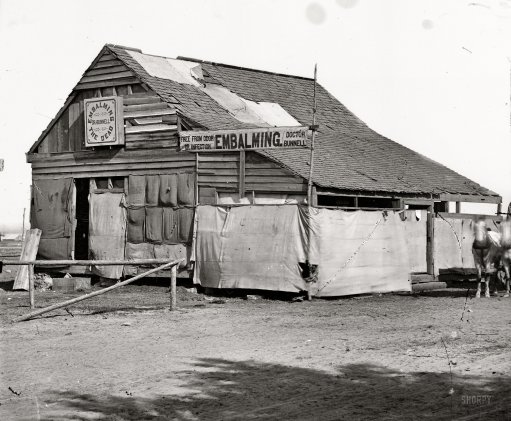
You can give thousands to the mortuary, or you can have a home funeral
When I think of the different ways I might want my body to be disposed of, I've known for most of my life that I don't want my body to be embalmed. To me, it doesn't make any sense when people try to stay as clean of pollutants as possible all of their lives, then their families give their bodies to morticians so they can be pumped full of disgusting toxic chemicals. It's like a made-to-order example of a schizophrenic society.
Of course, the fact that embalming started in the U.S. during the Civil War adds that perfect note. Dead Americans were first embalmed so they could be sent home for one last look by Mom and Dad, after being shot by fellow countrymen. Something like that just had to be marketed aggressively!
As the decades passed, we stopped letting our dead be prepared for burial at home, and stopped dealing with our dead at all, unless the body looked pretty good framed by that big, expensive casket. It was a status symbol and a sign of being modern.
But bit by stolen bit, it's gone beyond that. Now we pay thousands to bury someone, whether or not we have the money, and we have been told that we have no choice. Funeral directors happily lead us down that garden path, if we don't get the truth from somewhere else.
It helps the mortuary bottom line tremendously if we don't know that we don't need them. The fact is that no state requires embalming unless the body isn't disposed of within 24 to 48 hours, depending on the state.
Even then most states don't require more than cooling to preserve the body. That can be accomplished by using dry ice or turning the air conditioning up in the room where the dead person has been laid. Most people are also unaware that embalming is usually done only for cosmetic purposes, and doesn't preserve anything well past the burial. As a matter of fact, a body is in much worse shape in a so-called sealed casket deep in the ground than in a simple coffin in a shallow grave. But the pink tint in the embalming fluid does make people look so lifelike! Of course, the family has paid anywhere from $150 to $1500 for that pink tint.
In case you've heard that embalming is necessary for public health or sanitation, that's a ten-carat lie (of course, you pay for all ten carats). Embalming a body is less sanitary, not more. In fact, in the case of about 12 infectious diseases, many states have laws against embalming.
Another little trick that was begun in the early 20th century was renaming coffins to caskets, and making them rectangular instead of having them narrow at the feet. It was done because "casket" was a name normally associated with something that held precious jewelry, and the mortuary could make them a little fancier and charge a lot more. In the U.S., the words "coffin" and "casket" are used freely when talking about caskets. Everywhere else, they're still shaped like coffins and they're still called a "coffin".
When people die, they don't need to be either embalmed or placed in a several-thousand dollar casket. For most people, nothing needs to be done to the body but simply washing, dressing, and combing the hair. Most of the time, if the body is kept cool, it can even be at home with no problems for a few extra days while family and friends travel to a funeral.
Then, in many states, you can put the deceased in a cardboard, wood, bamboo, plywood, or other casket or coffin, and you can bury the body yourself. The cardboard caskets can be ordered online or, in larger towns, purchased locally. A plain cardboard casket shouldn't cost more than about $250. If you own property and it's not within 50-150 feet (depending on the state) of a water source, you can even bury a person on your own property - again, depending on the state. You can bury people in a grave that is 2-3 feet deep.
Final Rights, by J. Slocum and L. Carlson is a great book about what the family can and can't do in dealing with their own dead. It was published in 2011. It even has a section on every state and that state's current regulations.
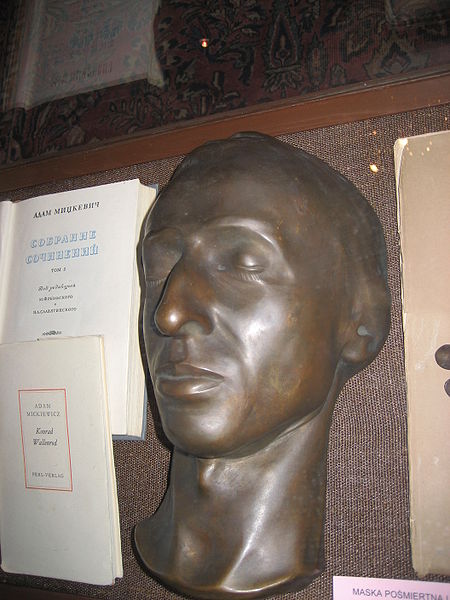
Embalming, expensive coffins and cement vaults exist for easy money and easy cemetery maintenance
I've thought of cremation and green burial as alternative options to being embalmed, placed in an expensive coffin and buried 6-feet under. I even thought that an old-fashioned Tibetan Sky Burial, where they carve you up and let the vultures eat you, might be a better option.
But when I thought about it a little more, I realized that there are some traditions from other cultures that I don't, in reality, want to try. One is eating fat, juicy grubs with Australian aborigines. The other is feeding vultures with my own self. (Mainly, I'm afraid of heights. I had a daydream about coming out the other end as an undigested, working eyeball while one of my well-fed vultures was flying high over the Himalayas. It was a very long fall, and I saw it all.)
According to the National Geographic, cemeteries bury a tremendous amount of resources along with our bodies in the ground every year in America:
- 30 million board feet of good wood - hardwoods, and many from the tropics
- 1,600,000 TONS of concrete
- 90,000 TONS of steel
Did you know that those expensive concrete vaults and grave liners only exist so that the lawns will remain smooth? It's true. If a concrete lid from a burial vault or grave liner wasn't keeping the weight of the ground from collapsing the casket, a dip would appear in the grave. That would make it inconvenient for the cemetery staff to drive the lawn mowers across the graves. No law requires one, but individual cemeteries and mortuaries require them. It's all about their maintenance costs.
They also sometimes claim that a vault protects that expensive casket from water, etc. Considering the fact that the body is putrefying inside the casket, that protection for the outside of the casket seems a very absurd reason to spend so much on a vault.
Oh, and inside the bodies? 800,000 gallons of embalming fluid each year, which will someday make its way outside of the vaults and into the ground. Just think, in even 10 years of embalming, 8 million gallons of embalming fluid is positioned underground throughout those green, shady and peaceful forest lawns.
By-the-way, the only countries that practice widespread embalming are the U.S. and Canada. Most people in other countries don't feel they need it, and don't want the expense or pollution.
An excellent overview of home funeral and green burial in America
Cremation is an old ritual, too, but it's not as clean as we think
If a person has mercury fillings, cremation isn't any better. The amalgam used for silver fillings is supposed to keep the mercury safely encased. (Well, maybe.) But add 1800 degrees for an hour or two, and you have free mercury that vaporizes. According to an EPA study completed in 2008, over half a gram of mercury was released on average for every cremation where the corpse had silver fillings. Where does it go?
Well, the chimney is open to the outside, and the only filtering that most crematoriums do are for particulate matter (body ashes that float up the chimney) and maybe "some" carbon emissions. The mercury goes out into the air as a gas, then is brought back to ground level during rainfall.
Other possible and noxious substances going who-knows-where could include hydrochloric acid, hydrofluoric acid ,sulfur dioxide, and dioxin. That's on top of the rest of the carbon emissions from the natural gas or whatever type of gas is being used to fire up the oven.
What in the world is Alkaline Hydrolysis?
It seems that a couple of medical schools use a different method to dispose of the bodies that are donated to science after they're finished with them. That system may also find its way to the public - that is, if it can get past public opinion. The companies who make the machines that do this type of body disposal call this process "bio-cremation", "alkaline hydrolysis" or "resomation".
However, when legislation was introduced in New York to allow this new form of disposal, it was dubbed "Hannibal Lecter's bill". The name was given because the process involves potassium hydroxide, which is caustic potash, a more expensive close relative to common lye. For too many people, using lye brings to mind lots of dead bodies that need to be obliterated in a hurry, usually after murder.
In this procedure, the body is placed in a steel machine, covered with caustic potash and water, pressurized and heated to 300-350 degrees for an hour. If that sounds like a human body is being placed in a pressure cooker, that's the principle. The caustic potash, pressure and heat liquefy everything but the bones into a brown syrup, which is safe (according to the equipment makers) to send down to the sewers. The remainder is bone that has been made flaky and looks a lot like it was cremated. That can be placed in an urn and given back to the family.
Silver fillings can be taken out before the procedure to prevent mercury contamination, and it's possible that bio-mechanical parts like pace makers and artificial knees or hips could be recovered for a second use.
However, I think I'll pass on this option, too. If I wanted my body to go to the sewer, I'd just open a manhole cover, climb down there and finish the job. I don't even flush goldfish or canary bodies, for Pete's sake!
Do they really shake you into powder with Promession?
Another method is being tested in Sweden, and may make its way to the U.S. It solves the problem for people who think that rotting in the ground as a dead body is just too disgusting or horrifying to bear. This method is called Promession, or eco-burial. This time, the body isn't pumped full of chemicals, or burned, or flushed down the sewer. It's frozen with liquid nitrogen, and put on a vibrating table so it crumbles into a still-frozen powder.
If you're thinking that the powder will turn to mush as it thaws, then think again. The powder is placed into a vacuum, where all of the fluid boils off. That reduces the mass by about 70%. Then any fillings or artificial joints or pacemakers are removed from the dry powder. The rest is buried in a cornstarch bag. It's buried in shallow ground, not more than 2 feet down, so both bag and body will compost nicely in a few months.
I wondered about the amount of energy it takes to make liquid nitrogen. Well, it seems that the production of liquid oxygen has as a by-product 4 parts of nitrogen. So, being mostly a by-product of another process, it's not as energy expensive as I thought it was.
The green burial particulars
I was also fascinated to learn that there is no aerobic decomposition deeper in the soil than about 2 feet. So when people are buried 6 feet under, they don't decompose; they putrefy, because anaerobic bacteria do all of the work. (Aerobic bacteria works with oxygen and anaerobic bacteria works without oxygen.) If the body is buried in shallow ground as dry powder, the aerobic bacteria can get to it and it composts.
I like the idea of being composted in a shallow grave, with or without being turned to powder first. (Of course, only after I'm so old and decrepit that they're not entirely sure that I died.) In fact, after looking at all of my options, I'd most like to be either washed and wrapped in a shroud or turned to powder.
Then I'd like to take advantage of the natural settings that are now being offered for green burial. To compete, the occasional cemetery is offering a phony bunch of expensive rough ground on the edge of their well-manicured lawns. But I want the real thing, green spaces where people are buried in a natural setting, with maybe a trail where people can hike by and use the land for recreation.
I'd also like my grave marked with a tree instead of a gravestone. (The graves are logged by GPS positioning, so a gravestone really isn't needed.) This is not only a way to get double use out of one piece of land, but it's a great way to save wild areas. The graves are for people who aren't embalmed, so they add to ground nutrients, rather than contaminating the soil. These natural graveyards are showing up all over the country, and are already in other parts of the developed world.
With a few exceptions, people in the undeveloped world already care for and bury their own dead. Nobody thinks they can afford thousands to bury their dead, so they haven't been told that their dead are unsanitary and that experts are needed to care for them.
A few more sources that have interesting information
- 13 Things the Funeral Director Won't Tell You | Reader's Digest
Funeral directors from across the country bury common myths about their profession. Read the money-saving secrets they aren't taking to the grave. - Learn 31 Ways to Save on Funeral Costs
Traditional funeral services are one of the oldest remaining double-blinds. You can still honor your loved one without forking over a fortune.
Have you thought about your own funeral?
How do you want to be treated?
How to do a funeral at home, and how to avoid the funeral home sales talks
Please support the writing that you like
If you vote up or vote down an author's writing, you will show the people who follow you what you feel the quality of the writing is. Please support writers by voting up their work.



